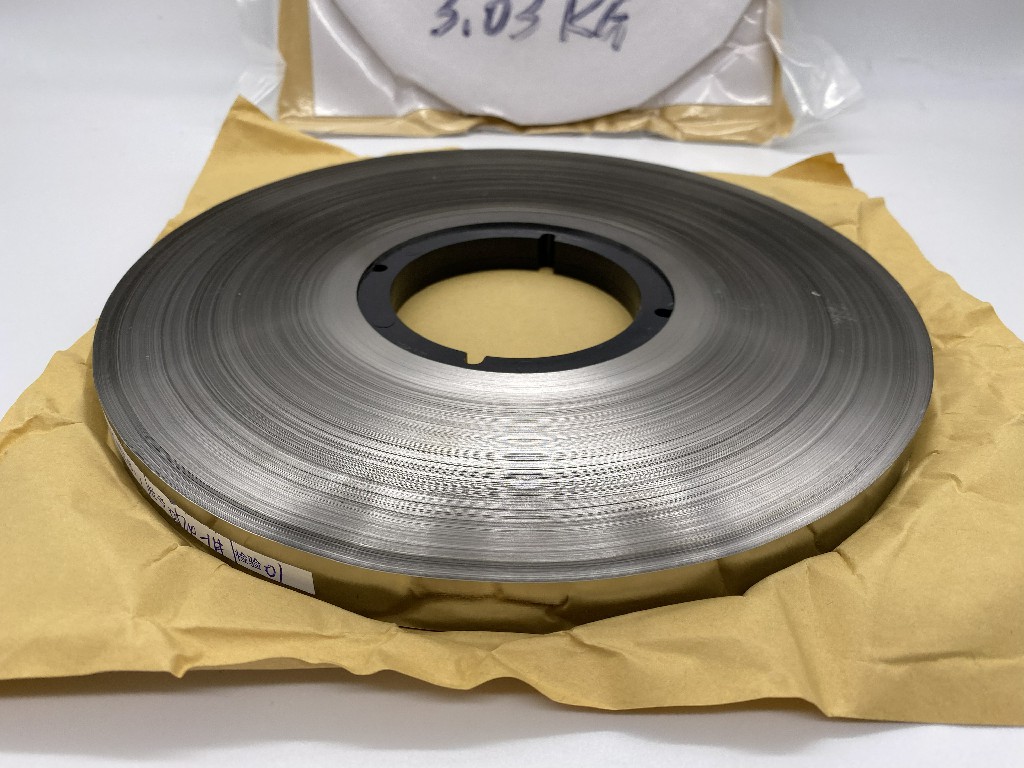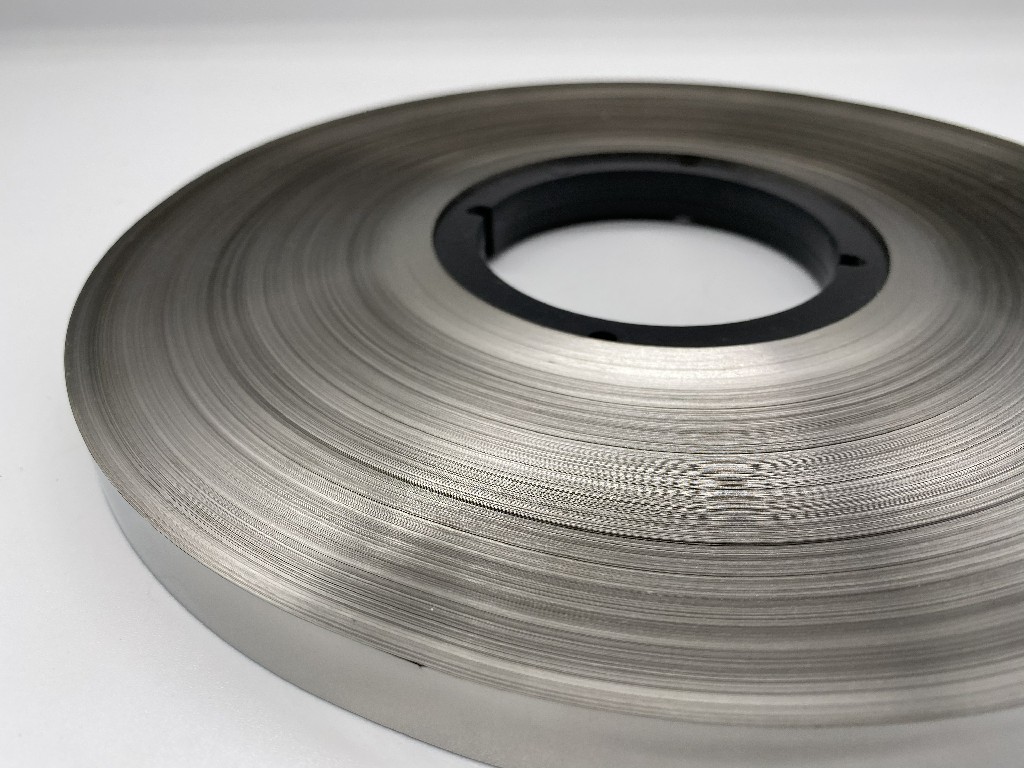Better Touch Better Business
Contact Sales at TRANSMART.
Compared with cobalt-based amorphous and ferrite, nanocrystalline has higher saturation magnetic induction and can reduce the volume of magnetic devices. High permeability, low loss, and low coercivity, which can reduce the loss of magnetic devices. Therefore, nanocrystalline alloys are the best soft magnetic materials in high-frequency power electronic applications.
Characteristics of nanocrystalline alloys
The current wireless charging Qi standard frequency is between 100-200k. At this frequency, the permeability of nanocrystals is very close to that of cobalt-based amorphous, which is significantly higher than that of iron-based amorphous and ferrite. On the contrary, the loss is significantly lower than that of iron-based amorphous and ferrite.Nanocrystals also have advantages in temperature applications. Nanocrystals are not only wider in application temperature than cobalt-based amorphous and ferrite. In the range of -40℃-120℃, the stability of nanocrystals is also significantly better than that of ferrite. body.Nanocrystals also have obvious advantages in the design of magnetic materials. Nanocrystals can directional control magnetic permeability and anti-saturation magnetic field. The magnetic permeability of nanocrystals can be adjusted at will within 1000-30000. The design of magnetic materials requires that under a specific working current, the magnetic saturation should not be reached. Once the magnetic saturation is reached, it will stop working. The nanocrystalline tunable anti-saturation magnetic field can reach 30~350A/m, which makes the application range of wireless charging more width.
Comparison between several iron-based nanocrystals and iron-based amorphous, cobalt-based amorphous, and ferrite: Saturation magnetic flux density: Fe-based nanocrystals are significantly better than cobalt-based, except that they are slightly lower than iron-based amorphous Amorphous and ferrite; nanocrystalline is better than other materials in terms of coercivity, initial permeability, saturation magnetostriction coefficient, Curie temperature, performance change rate, etc. Therefore, nanocrystalline is the best soft magnetic Material.
The development trend of nanocrystalline
As electronic products are developing in the direction of high frequency, energy saving, small size, and integration, the application frequency is also increasing, and strips are updated from generation to generation. From the original traditional tape-making process (current domestic production level) with a thickness of 22-30μm, now the tape has developed to the third and fourth generations, and the advanced tape-making process (international advanced production level) can achieve 14-22μm.And mastered thinner belt making technology. The development trend of nanocrystalline ribbons is ultra-thin ribbons. Ultra-thin nanocrystalline ribbon characteristics: the thinner the ribbon, the lower the loss. The mass production process of magnetic conductive sheets has been reformed. Since the mass production of magnetic conductive sheets in 2015, the process has continued to change, gradually transitioning from sheet to coil, which greatly improves production efficiency and meets the ever-increasing demand.
Wireless charging has become popular in mobile phones, and there are many products in the wearable field. In the future, wireless charging will be popular in homes, offices, public places, travel tools, and transportation. In the future, there will be the popularization of electric vehicles.
Wireless Energy Transmission (WPT): The structure of wireless charging for smartphones and smart wearables (low power) is similar to a transformer. It consists of a transmitter and a receiver. Both the transmitter and receiver are composed of coils and magnetic materials. The magnetic materials are different. The choices include ferrite, amorphous, nanocrystalline and so on.
The role of soft magnetic shielding materials in wireless charging
Magnetic shielding: Provide a low impedance path for magnetic flux, reduce the magnetic field lines radiating outward, reduce the impact on surrounding metal objects, and prevent eddy currents and signal interference.
Magnetic permeability and resistance reduction: improve the coupling coefficient, improve the magnetoelectric conversion efficiency, use fewer turns to achieve a higher inductance coil, reduce the coil resistance, and reduce the efficiency drop caused by heating (the more the number of turns, the higher the resistance) .
Applications
The application of nanocrystalline in wireless charging starts from S7, a material that fulfills all functions and replaces the combination of amorphous and ferrite.It is generally believed that ferrite is the most suitable soft magnetic material for NFC, while nanocrystals are considered unsuitable, because at high frequencies, the loss of nanocrystals is much greater than ferrite, but Samsung just made a breakthrough. S7's The successful application proves that nanocrystalline can be used for NFC. The subsequent S8/N8/A7/J5/J7 and many other models have expanded the application of nanocrystalline from WPC to NFC and MST.The domestic nanocrystalline production representative company Antai Technology has also made some attempts on the transmitter side. Several wireless charger products have been made with nanocrystalline magnetic sheets. There are multi-station, multi-functional and other special products. There is no problem in performance. The problem with y is that the cost of the magnetic sheet is higher than that of ferrite.
The development trend of magnetic conductive sheet:
Receiving end: absorbing material → ferrite → amorphous + ferrite → nanocrystalline

Nanocrystalline magnetic sheet:
Thin-ultra-thin: 0.14→0.12→0.11→0.10
High permeability, low loss-high Q
Application and popularization:
Low power: mobile phones, smart wearables, etc.
Medium power: computers, kitchen appliances, etc.
High power: electric vehicles, roads and other infrastructure
The future will be a wireless world, changing lives and changing the world.

Copyright © 2025 TRANSMART INDUSTRIAL LIMITED | All Rights Reserved
Hello, please leave your name and email here before chat online so that we won't miss your message and contact you smoothly.